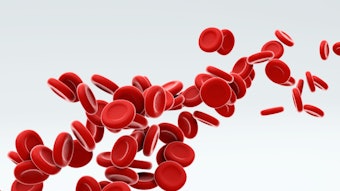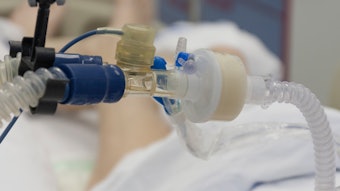Paroxysmal Hypertension Associated With Urination

Case Introduction
Two cases were hospitalized in our hospital at the same period. Case I was a 40-year-old woman who presented with a 2-year history of episodes of high blood pressure associated with severe headache, pallor in appearance and cold sweating. The high blood pressure episodes occurred within 1 to 2 minutes of urination, at which time her blood pressure shot up to 180/120 mm Hg. They only lasted for a few minutes, and then relieved spontaneously. However, she complained of a 1-month history of aggressive symptoms before admission. Her father had a history of hypertension. On physical examination, her blood pressure was 130/80 mm Hg, with a heart rate of 70 bpm.
Other system examinations were normal. The urinalysis, electrocardiography and echocardiography tests were normal.
Case 2 was a 50-year-old man with a 10-year history of episodic hypertension, and his symptoms also appeared 1 to 2 minutes after urination, especially after the first morning urine. His blood pressure was slightly higher than Case 1 at 200-250/100-120 mm Hg, and his symptoms last for a few seconds to 5 minutes. However, strikingly, he was very nervous and scared of urination. In terms of physical examination, we found that he was slightly overweight with a blood pressure of 146/68 mm Hg. Electrocardiography examination revealed a thickening interventricular septum of 13 mm and left ventricular diastolic dysfunction.
In summary, our patients both had remarkable postmicturition symptoms, including paroxysmal hypertension, severe headache, palpitation and sweating. However, their symptoms only lasted a few minutes and recovered spontaneously. What possible diagnoses and further examinations would you suggest?
The full text of this article can be found at https://www.ahajournals.org/doi/10.1161/HYPERTENSIONAHA.119.13140.









